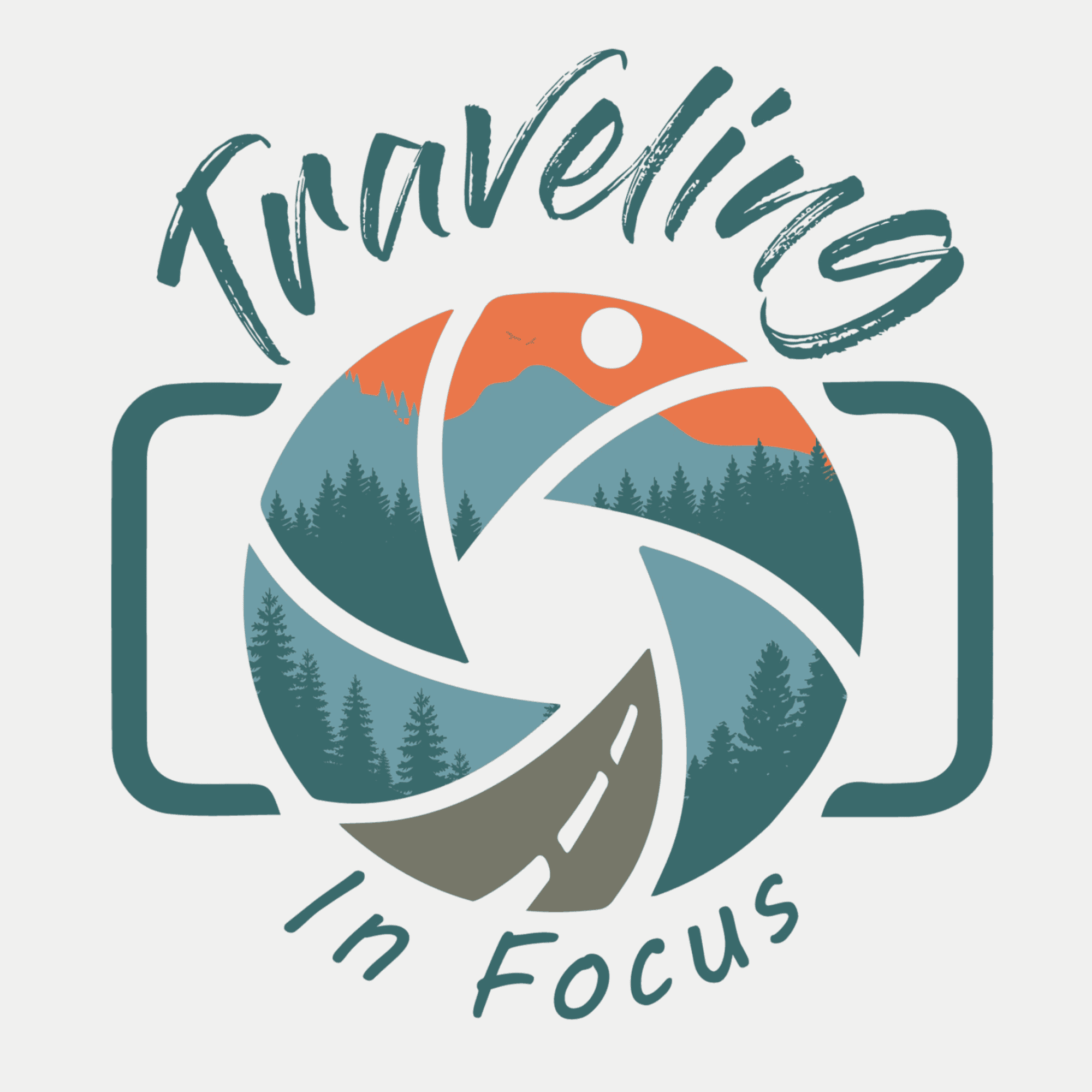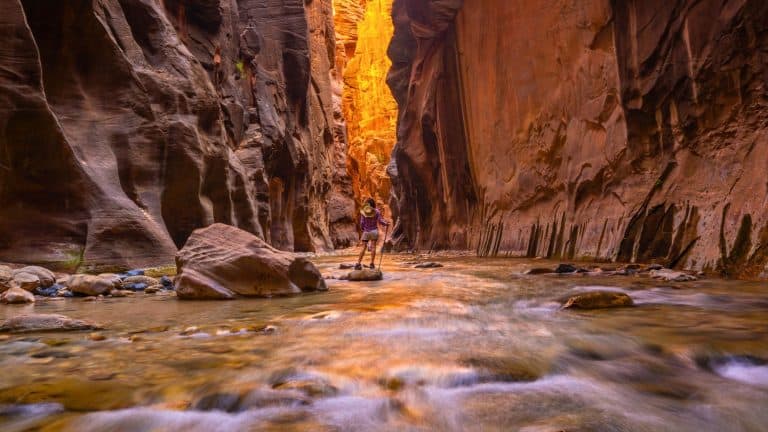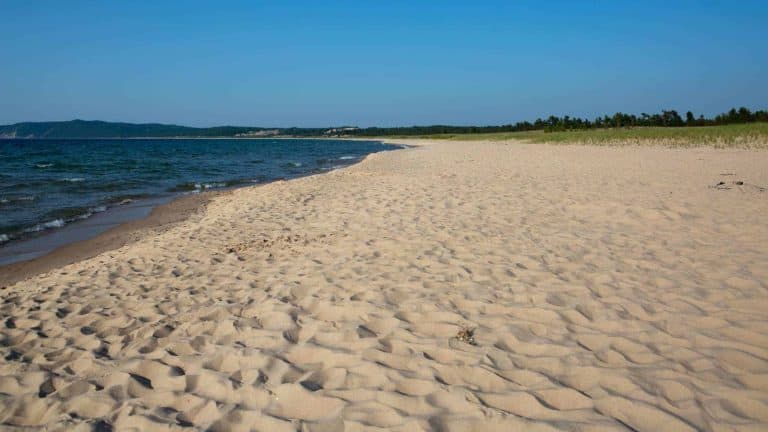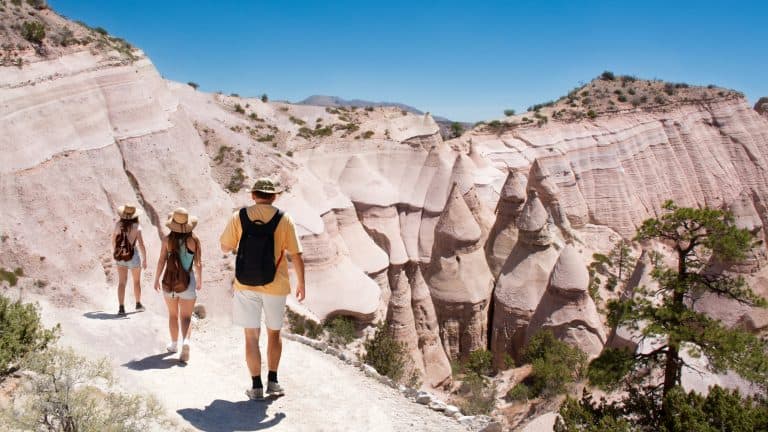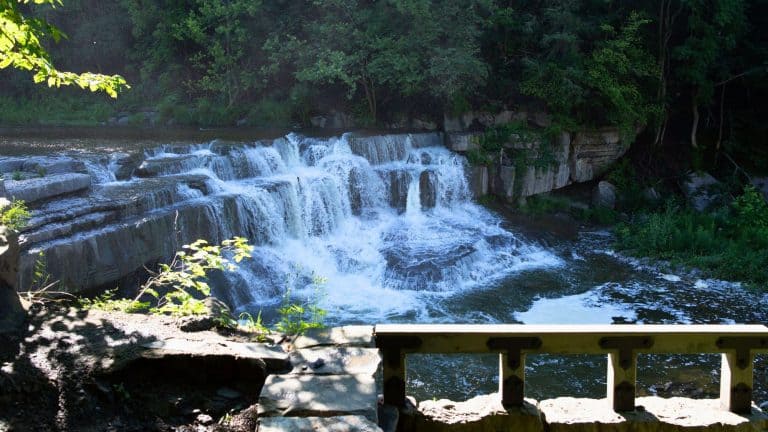Found By Accident contains affiliate links and is a member of the Amazon Services LLC Associates Program. If you make a purchase using one of the Amazon links (or other affiliate links), we may receive compensation at no extra cost to you. See our disclosure policy for more information.
12 Backcountry Essentials That Rangers Say Are A Must Have In Glacier National Park
You’re planning an adventure into the great outdoors… how hard can it be, right? Just toss on a jacket, grab a snack, and you’re ready to conquer the wilderness. Or, maybe not. Because Glacier National Park isn’t exactly a walk in your suburban park.
Think more “stunning views meet potential survival reality show.” Forget one crucial item, and suddenly you’re auditioning for a remake of Lost (without the plane crash, fortunately).
This is the type of wilderness where preparation isn’t optional, unless getting intimate with hypothermia and hunger is somehow your thing. But with a little prep work, the right supplies, and the right mindset, this can be one of the most amazing experiences of your life.
Navigation
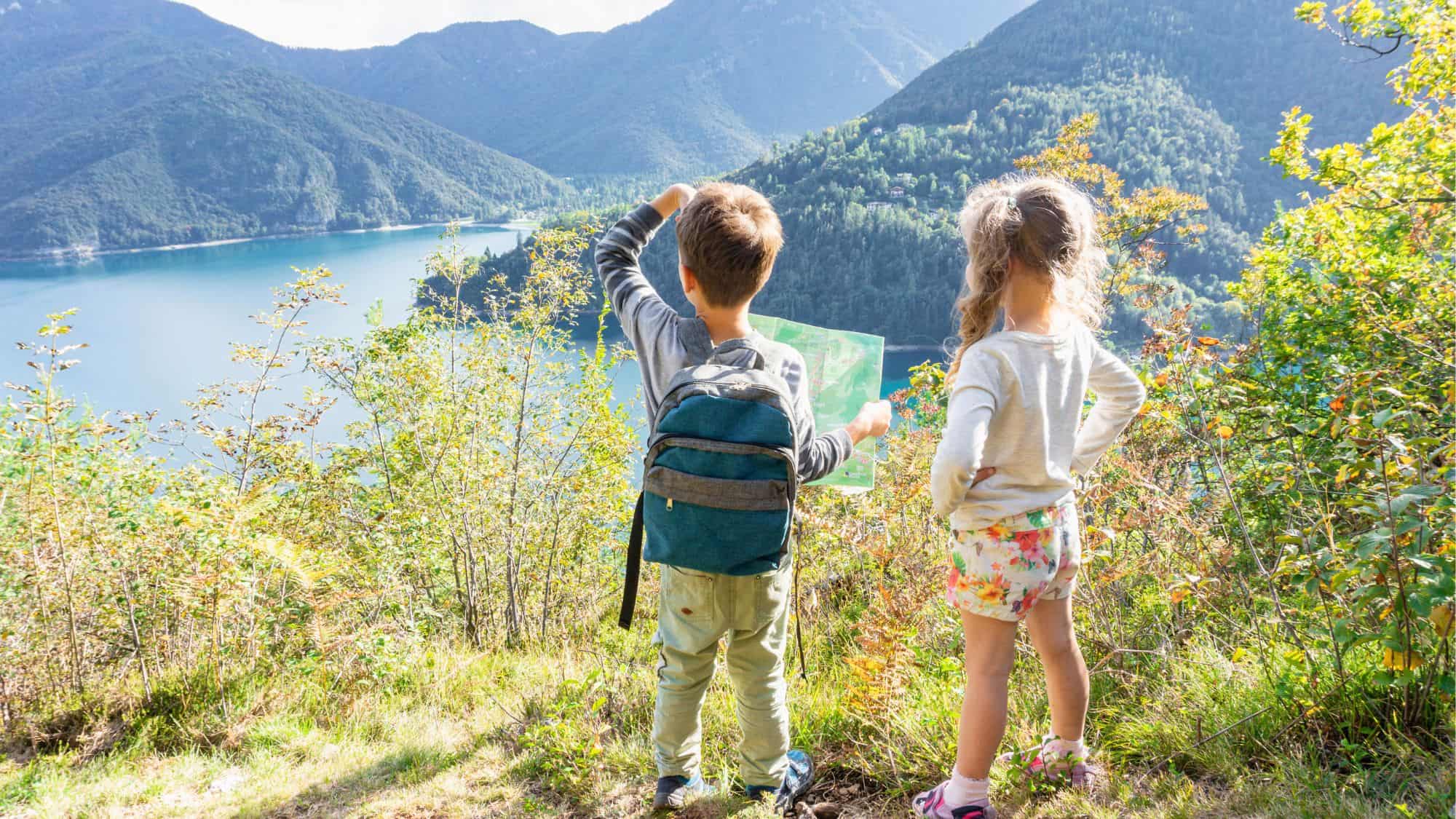
Navigation is essentially the fine art of deciding where the heck you are when all the trees look the same, and “straight ahead” is just wishful thinking. Sure, you’ve got your phone’s GPS, but don’t get too smug – it’s one dead battery away from being a paperweight with a fancy screen.
That’s where the venerable map and compass swagger in like old-school heroes, saving you from wandering into a bear’s breakfast nook. And there is no reason to be stumbling blindly through the woods; that’s so last century. Pro tip? Bad navigation stories are only funny when they’re someone else’s.
Bear Spray
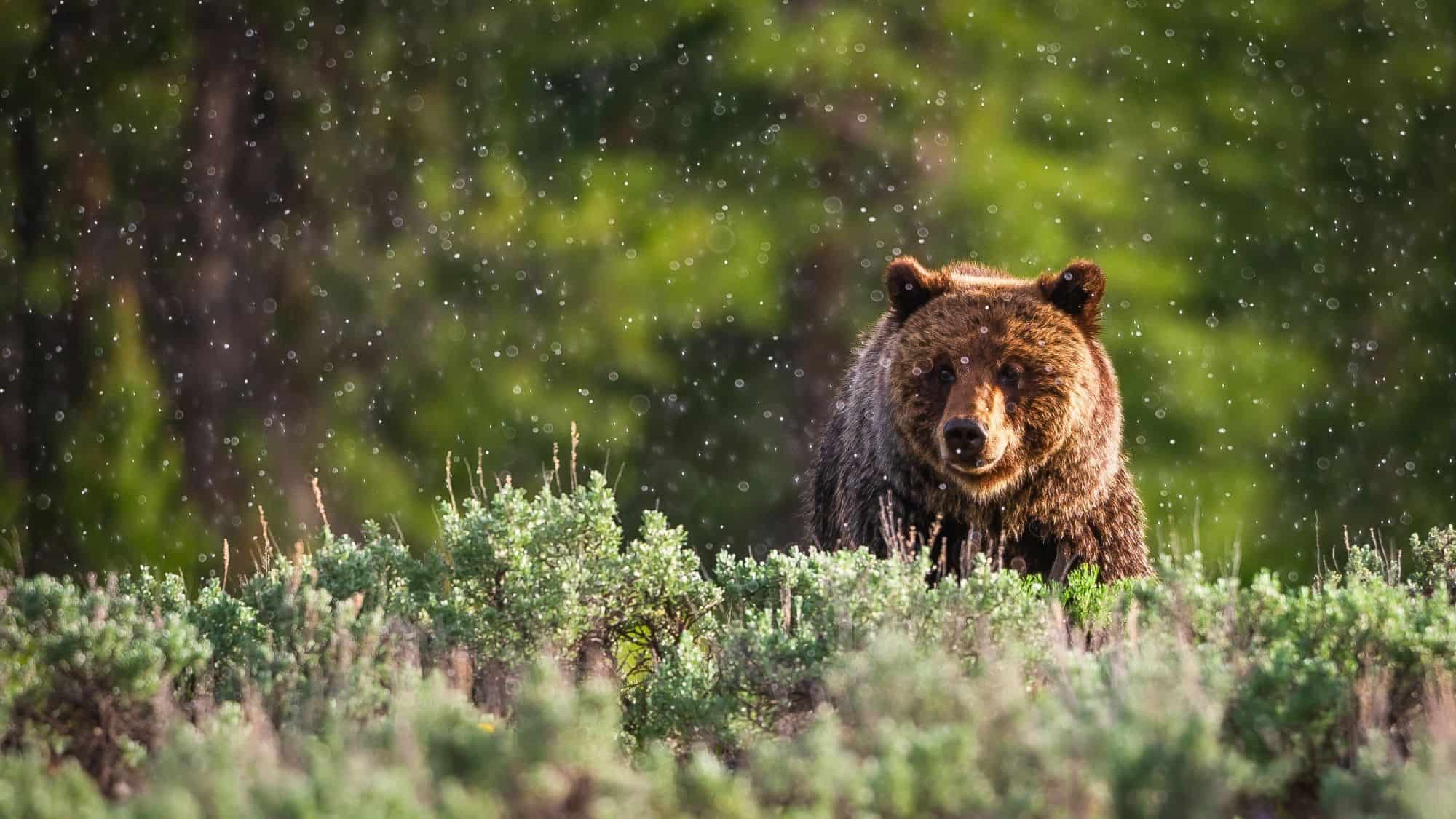
Bear spray is one of humanity’s greatest “just in case” inventions. It’s basically tear gas for bears – think of it as pepper spray on steroids, in a canister that screams “I’m smarter than the average hiker!”. Developed in the 1980s, it’s credited with saving many panicking campers from becoming a bear’s new chew toy.
The best part? Using it feels like holding a ridiculously intense fire extinguisher. Just remember to aim away from the wind unless you’re into seasoning yourself for the bear buffet. Remember to keep it handy, because “oops, it’s buried in your bag” doesn’t sit well with 500 pounds of fur.
Insulation And Layers
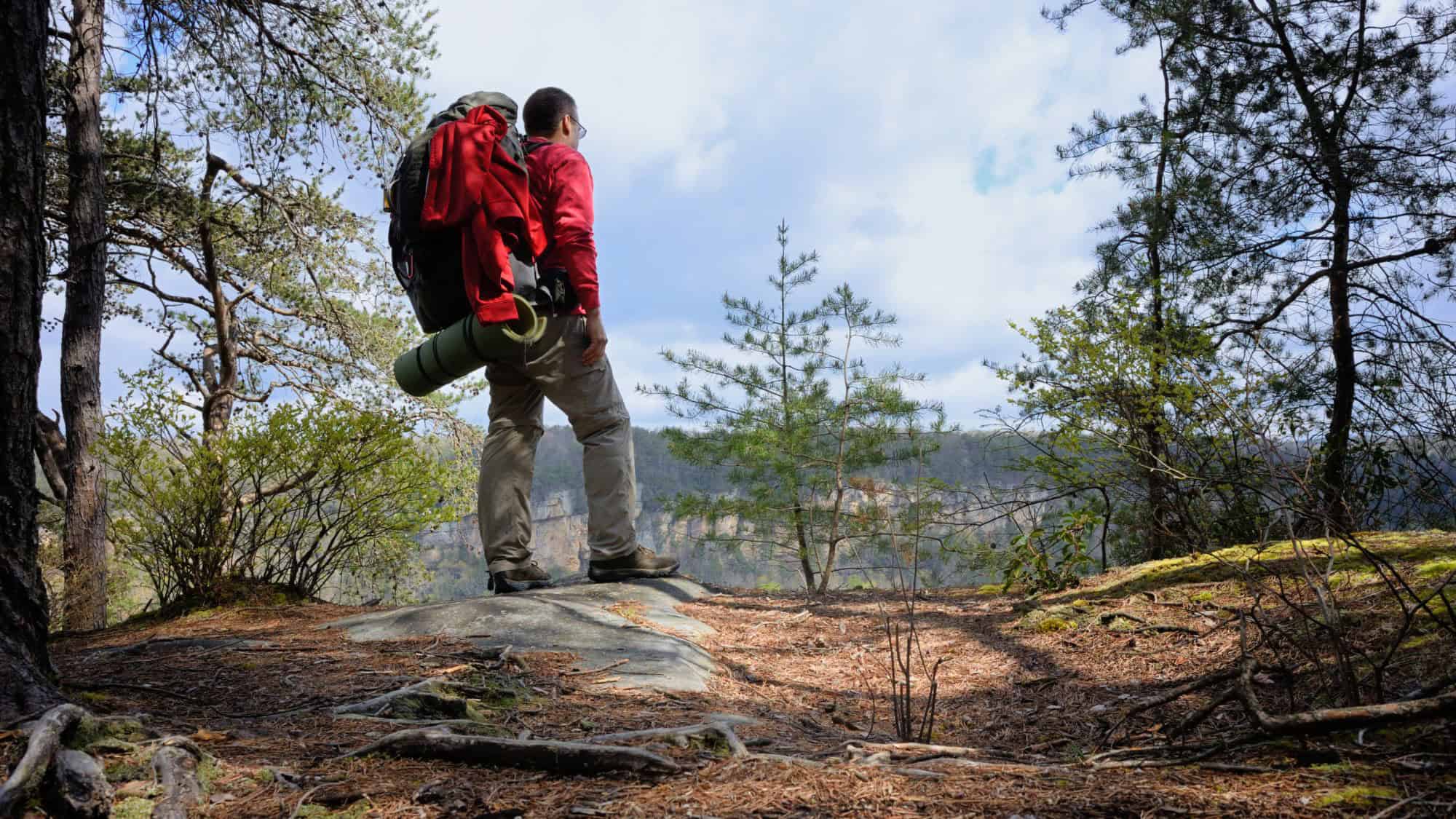
“Oh, I’ll be fine,” said no one who forgot extra layers during a bracing mountain windstorm. Insulation isn’t just a closet-cleanout excuse; it’s how you avoid becoming an ice sculpture.
Raingear earns its keep when the sky decides to dump water like a broken faucet, while extra layers feel like a warm hug when a cold front blows in or evening arrives. Think of it as weather-proofing your dignity; shivering uncontrollably is no one’s idea of a good look.
Fire Starters
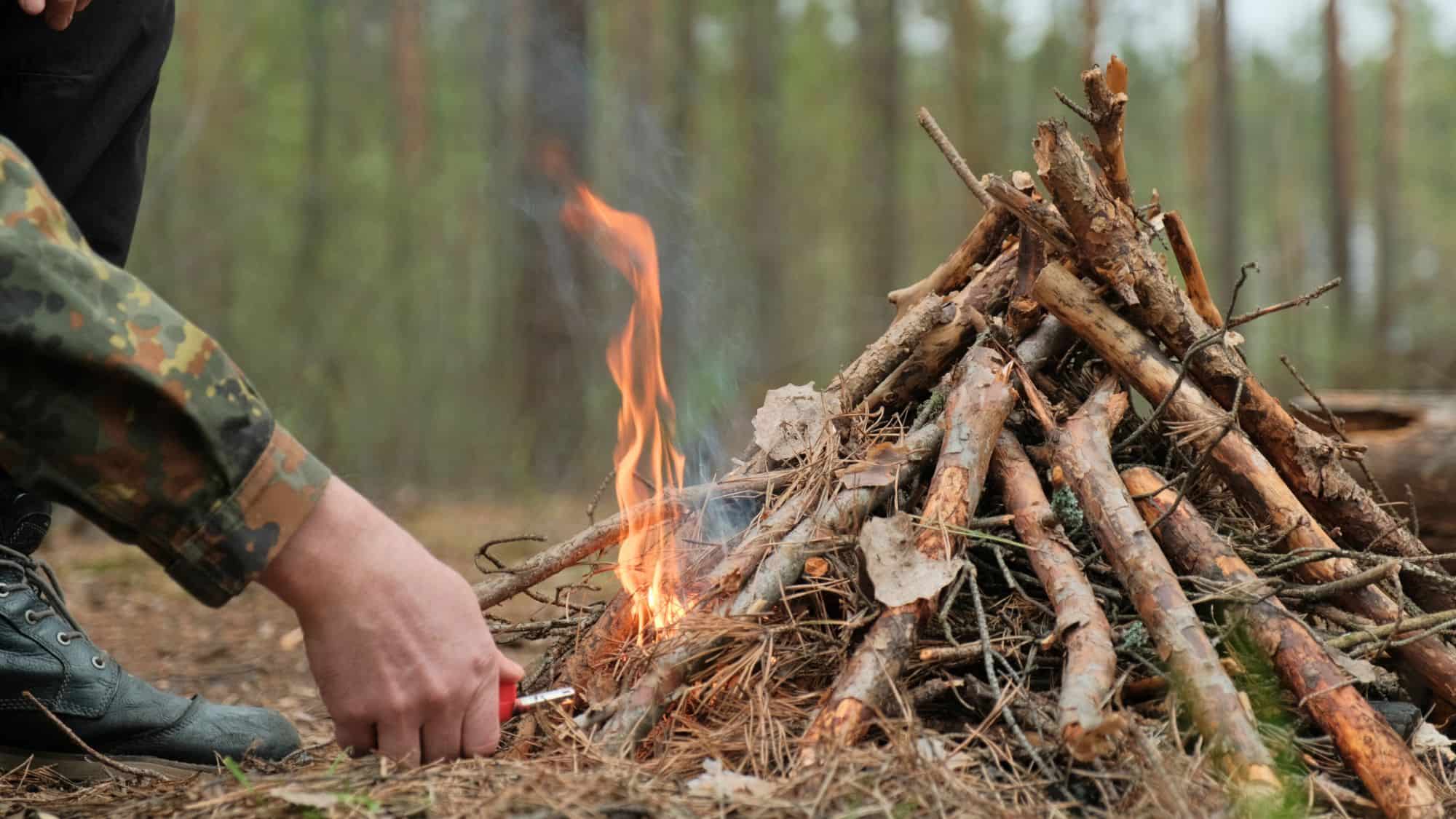
Fire brings warmth, light, and marshmallow-toasting goodness. But forget waterproof matches or a lighter and you’re, well, toast (minus the actual fire). Rubbing sticks together is romantic… for about two minutes.
Pack waterproof matches like your sanity depends on it (because it might). And did you know that humans mastered fire roughly 1.7 million years ago? It’s still the ultimate party trick, and one that can save your life. Whether it’s for s’mores or survival, nothing quite says “I’ve got this” like lighting a fire in the middle of nowhere.
Emergency Shelter
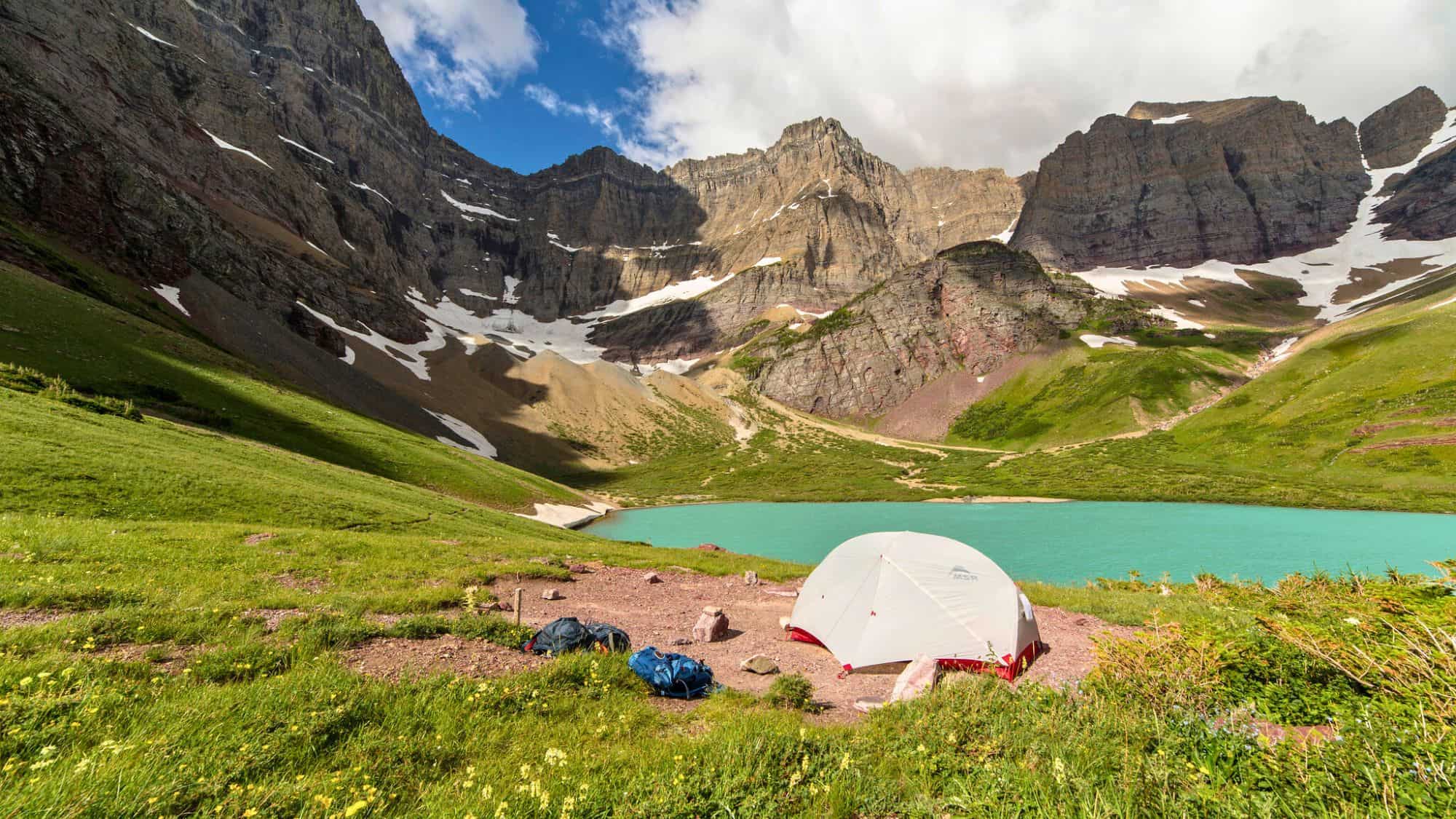
Reality check, campers – your tent isn’t just a social media prop. It’s legit your portable fortress against the elements. Lightweight options like bivy sacks or waterproof tarps are your insurance against unexpected downpours turning your trip into Titanic 2.0.
Sleeping bags? Blankets with commitment issues that actually keep you warm for real. And history lovers might appreciate knowing that early explorers used animal skins as makeshift shelters, but honestly, that sounds like a scratchy nightmare. Thank you, modern gear, for being wildly better.
Sun Protection

The sun doesn’t discriminate; it crisps everything equally, from pale skin to proud adventurers who “forgot” sunscreen. Sunglasses? Not just for looking cool (though, yes, they will help you channel your inner movie star attitude).
Long sleeves might seem like a drag, but unless peeling like an overripe banana is your aesthetic, they’re non-negotiable to help keep the sun off your skin. Side note: Sunscreen has existed in some form since ancient Egypt, when they used rice bran and jasmine. Not exactly SPF 50, but hey, they tried.
Hydration

You’d think knowing “water is life” would be enough to pack extra, but no. Somehow, dehydration feels like part of the adventure until your tongue’s auditioning to be sandpaper. Extra water is survival gold, and water filters? Modern magic.
Need a backup plan for slurping safe H2O? Water treatment tablets. They are living proof that dropping tiny science tablets into a bottle beats sprinting for the nearest (and likely farthest) stream.
Illumination
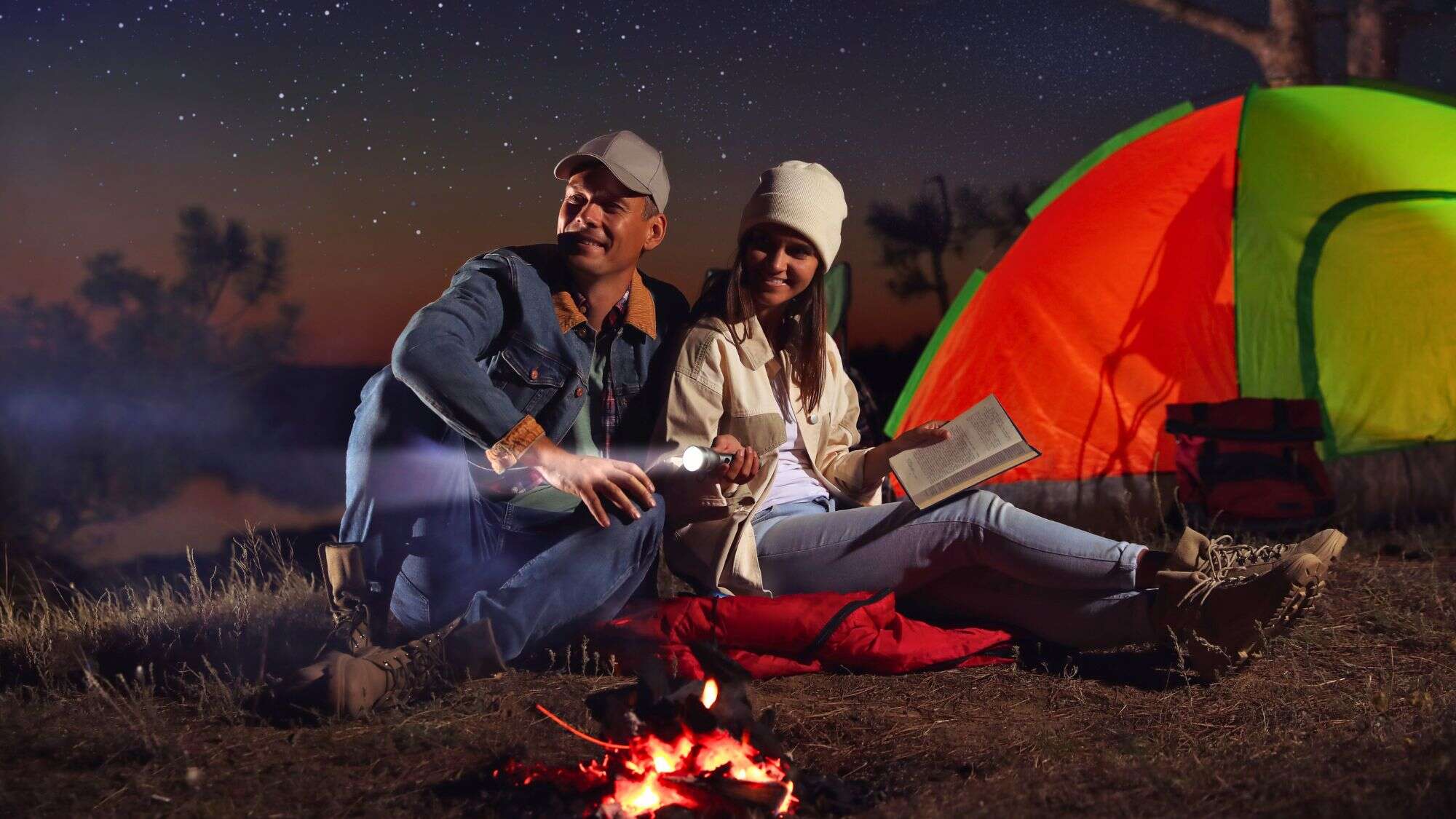
There’s nothing like stumbling through a pitch-black forest to make you appreciate basic illumination. Flashlights are your sword of light, and headlamps? Your hands-free flashlight upgrade… they’ve got Clark Kent energy, but for trekking.
Just remember that forgetting extra batteries equals stumbling around like a bootleg horror movie character. So don’t do it. Did you know that the first flashlight was created in 1899 and was so dim it barely counted as a “light”? Fast forward to today’s LED flashlights that could probably guide ships away from rocky coastlines.
First Aid Supplies
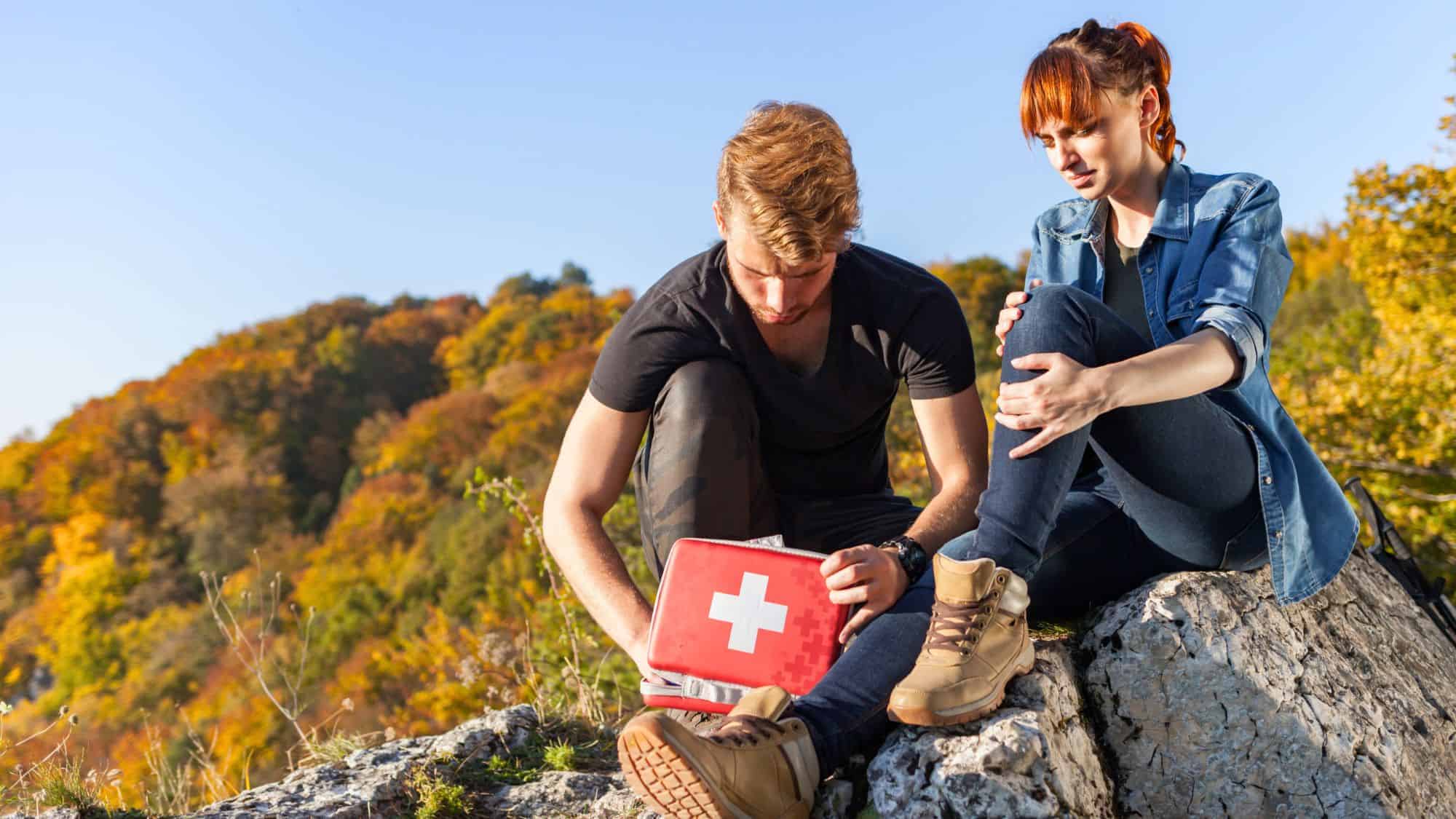
First aid kits are like your mobile safety net – except this net catches your poor decisions. For starters, moleskin patches are the MVP when your shoes decide to betray you and turn your hike into a medieval torture session.
And toss in a wrap for your joints, because nothing says “adventure” like hobbling down a trail like a budget pirate after stepping on a rock wrong. Personal medication? Don’t forget it. First aid kits have been used in various forms since the late 1800s when soldiers needed battlefield fixes, so now isn’t the time to think they are optional.
Repair Kit And Tools
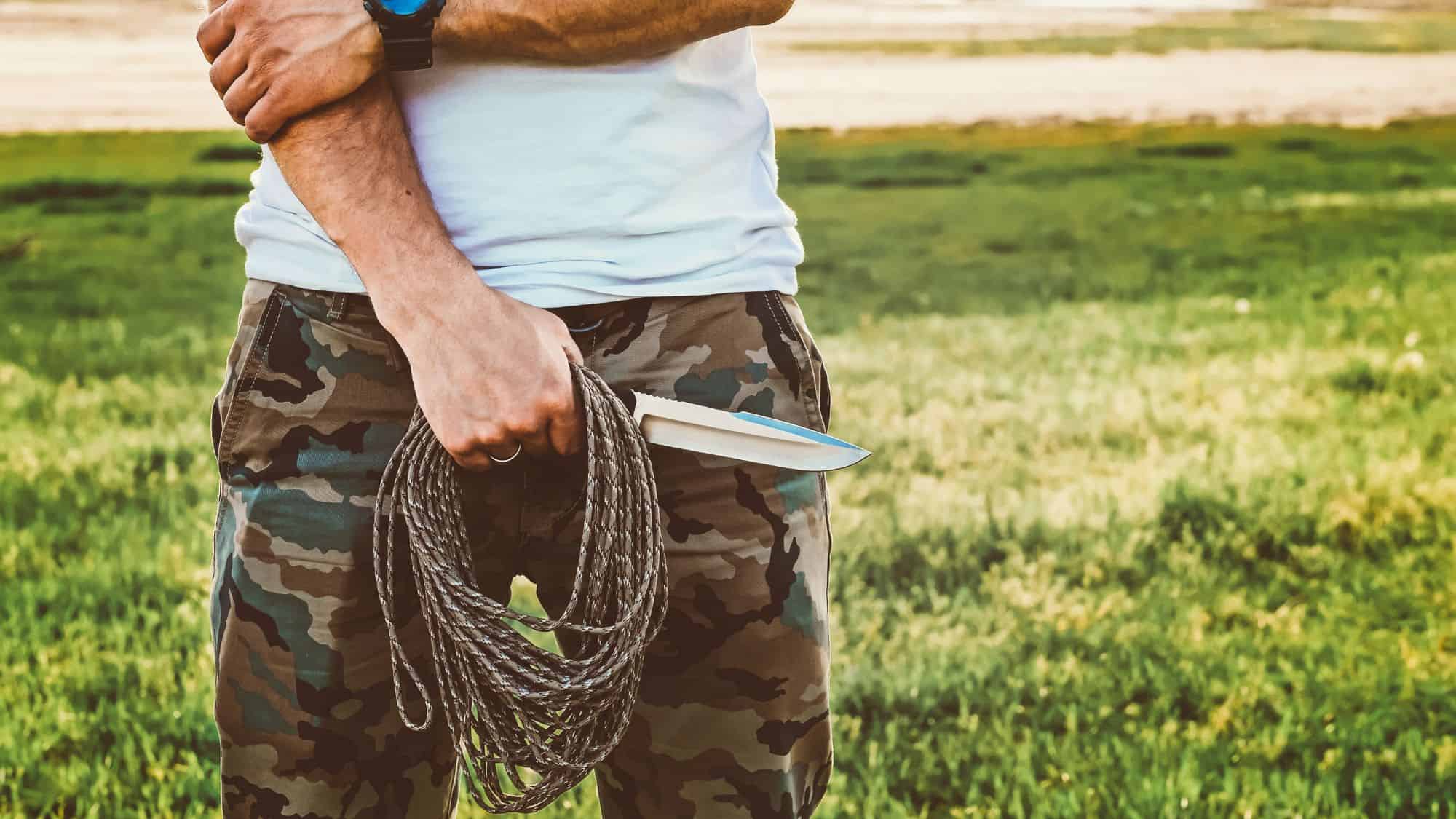
Ever notice how gear likes to break when you’re miles from anywhere? Enter the trusty repair kit, your trail-side emergency room. A knife is your utility superstar – good for slicing duct tape, cutting string, or contemplating life like a brooding hero.
Speaking of duct tape, it’s the magician’s wand of gear fixes. Got a tear in your tent? Have a fraying strap? Congratulations, duct tape just made you MacGyver. What about a Swiss Army Knife? The OG design debuted in 1891 and has been silently judging your broken gear since.
Nutrition
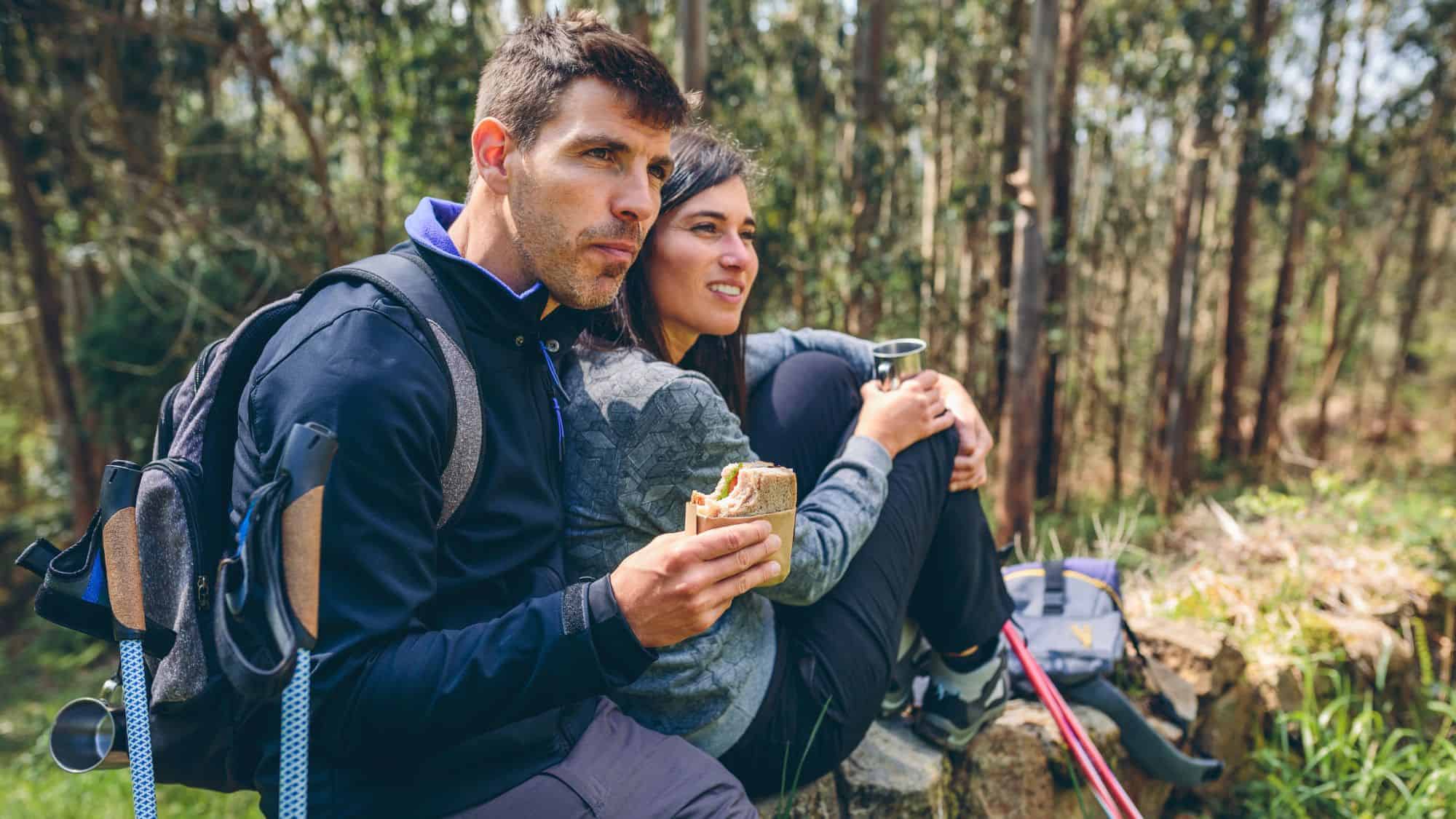
Snacks are the unsung heroes of outdoor glory – because after hours on the trail, granola bars taste like a Michelin-starred meal. Pack some extra food, too, unless hunger-induced rage is your thing.
Historically, explorers hauled ridiculous amounts of provisions like salted meat and biscuits harder than actual rocks. Today, dehydrated meals serve up gourmet-ish survival fare without weighing down your pack. But biting into a trail mix while surrounded by nature? That’s peak outdoor dining (even if you’re covered in dirt and regret).
Food Poles Or Bear Resistant Canisters
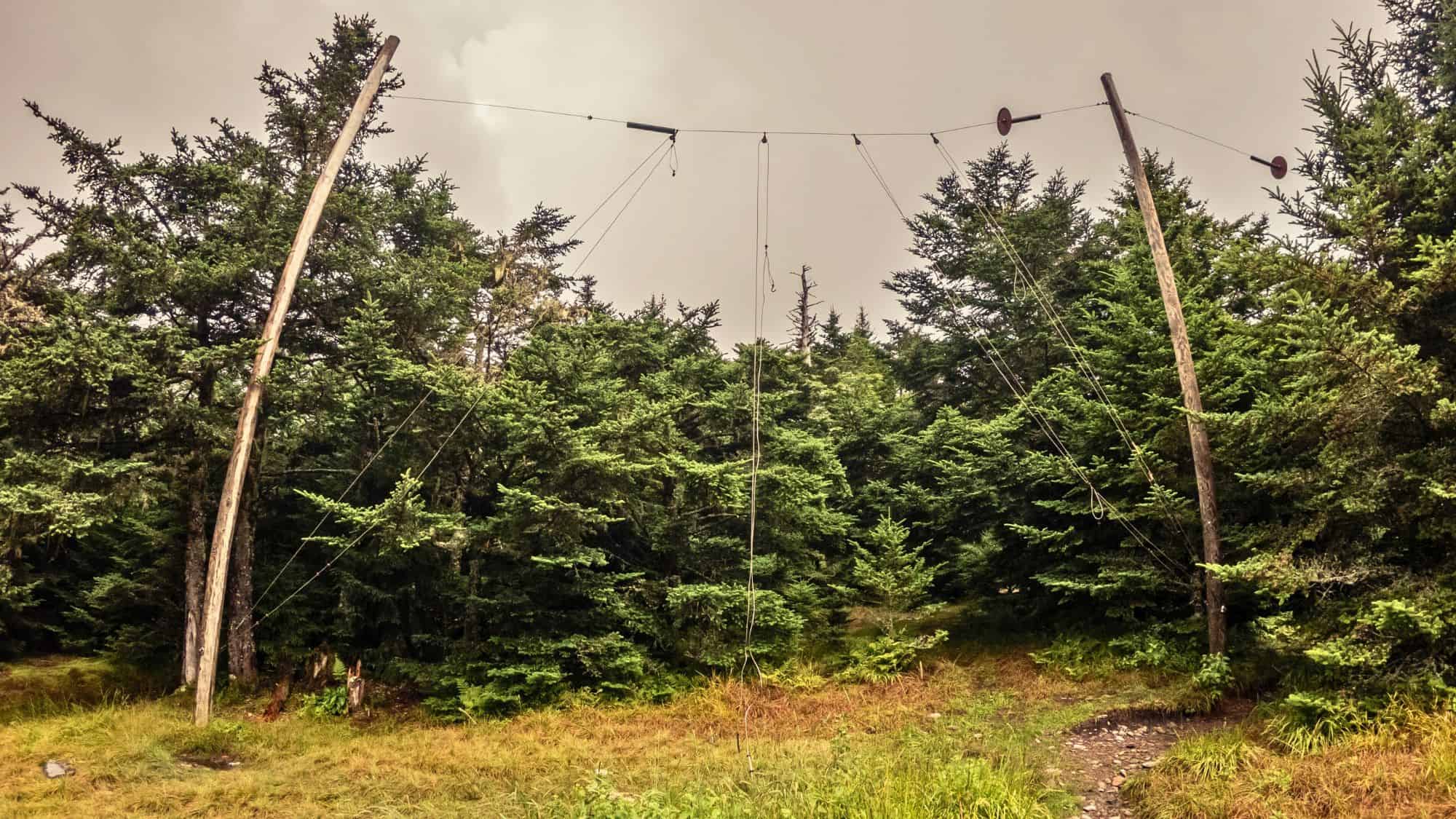
Let’s talk food poles, because bears, ravens, and your clumsy self need boundaries. These campsite fixtures are designed for you to tie up your food sack (with that trusty nylon rope you obviously brought, right… right??) and hoist it sky-high without reinventing the wheel. Bear-resistant food canisters, on the other hand, are a more modern and efficient way to keep your food safe.
Both options have their pros and cons. Food poles are lightweight and easy to pack, but they require a bit of skill in securing the rope correctly. Canisters may be more cumbersome to carry, but provide an extra layer of protection against determined bears. Just remember to actually use whatever you pick; nothing ruins a camping trip faster than having all of your food stolen by hungry animals.
Like Our Content? Make sure to join our newsletter for all the latest on outdoor adventures (and a FREE STARGAZING GUIDE). Click here to sign up!
